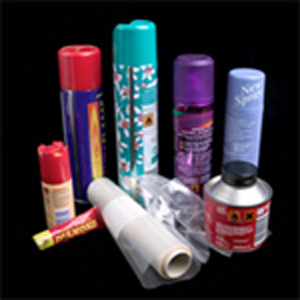
| |
| |
|
What are
inhalants?
Inhalants are toxic agents that are found in a variety of
common household products. Inhaled or sniffed by consumers who
are trying to "get high."
|
| |
| |
Consumption
form :
To haul substances, some
people pour glue into a bag and
breathe the vapors. Others pour
solvent on a cloth and they hold
over their face. They can also
inhale the substance directly from a
container or a fuel tank.
|
|
|
|
|
What
are
the
effects? |
|
Category :
Depressor |
Caractéristics
:
Inhalants,
also
known
under
the
name
of
solvents,
are
substances
that
some
people
inhale
due
to
their
psychotropic
effects.
Almost
all
solvents
may
be
inhaled:
cooking
aerosols,
gasoline,
kerosene,
correction
fluid,
antifreeze,
paint,
glue
miniature,
cleaners
and
nail
polish
remover.
They
all
quickly
evaporate
by
emitting
toxic
fumes. |
|
|
|
Short-term effects:
Large
quantities
of
toxic
chemicals
into
the
lungs
of
the
person
breathing
inhalants.
They
pass
the
blood
flow
to
the
brain,
where
they
damage
and
kill
nerve
cells.
|
|
● |
|
Headache, nausea, vomiting and stomach pain. |
|
● |
|
Chest pain. |
|
● |
|
Mood swings. |
|
● |
|
Loss of equilibrium. |
|
● |
|
Hallucinations. |
|
● |
|
Slurred speech and slow flow. |
|
● |
|
Dizziness. |
|
|
|
Long term effects: |
|
● |
|
Permanent brain damage. |
|
● |
|
Loss of short term memory. |
|
● |
|
Muscle spasms. |
|
● |
|
| | | |



